Listen to this Article
Charlotte Bergslien, @TheSpectrumGirl who lives in Norway, is a late-diagnosed autistic woman whose journey to true self-discovery began at the age of 38. For most of her life, she navigated the world grappling with hidden challenges that seemed insurmountable. She describes it as follows: “it was like the rest of the world was running on Windows but I was running on Mac OS, and I functioned a bit differently. But I didn’t know that I was a Mac and all the other people were Windows! My life was confusing because I tried to use the same keyboard commands made for Macintosh but with Microsoft. I tried to use what I thought were the same social codes as everyone else—Command + Option + Esc, command buttons— and I didn’t know that I was using shortcuts and commands from a Mac operating system so there’s no wonder it didn’t work on the keyboard of the Windows system which has completely different words; Control + Alt + Delete .” This led to untold stress and isolation from her years at elementary school continuing all the way into her workplace as an adult. These struggles, unrecognized and unsupported took their toll, leading to burnout, rejection and isolation that cast shadows over her social life, education, and career.
The journey to understanding and embracing her neurodivergent identity was nothing short of transformative. With her autism diagnosis came the recognition that she also had ADHD and Hypermobile Ehlers-Danlos Syndrome, a connective tissue disorder that added further complexity to her life. But these labels, these words, were not chains to bind her, instead she viewed them as the steppingstones to her awakening.
As she received treatment for depression and began to address the intricacies of Ehlers-Danlos Syndrome, she made a courageous decision— to share her experiences with the world through the powerful medium of social media. She adopted the moniker, The Spectrum Girl, a name that encompasses her place on various spectrums, from autism to ADHD, and even her inner child. To her, the “Girl” in her name is not just a label, it’s a symbol of her determination to embrace her inner child, to nurture and protect the innocence and curiosity that reside within her, especially now during her period of self-discovery.
Charlotte’s decision to share her journey on social media, while therapeutic, is not without its challenges, particularly the distraction that results from ADHD. But the rewards far outweigh the difficulties. The most precious gift of all has been the connections forged with individuals from around the world who share similar conditions. These online friendships are a testament to the power of community and the lifeline that many neurodivergent, sometimes socially isolated individuals, have been seeking.
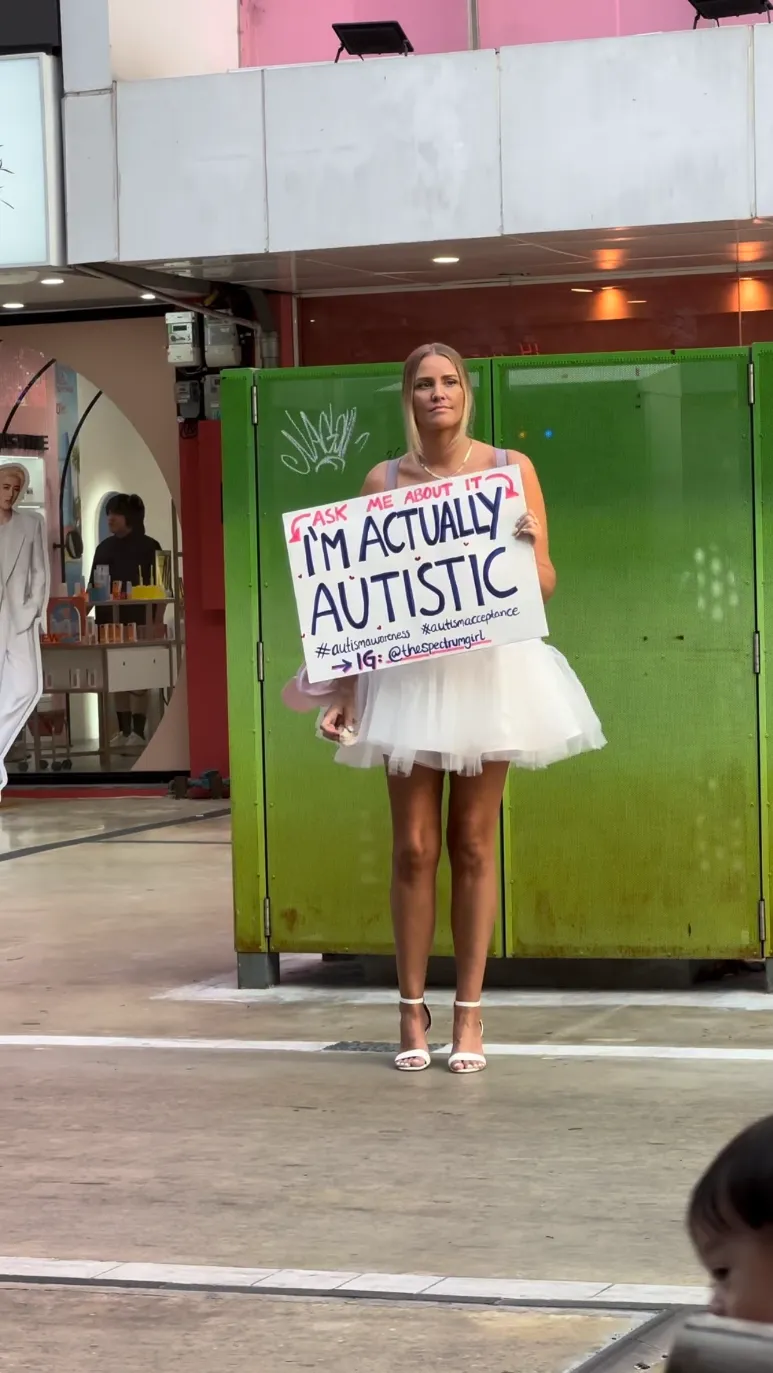

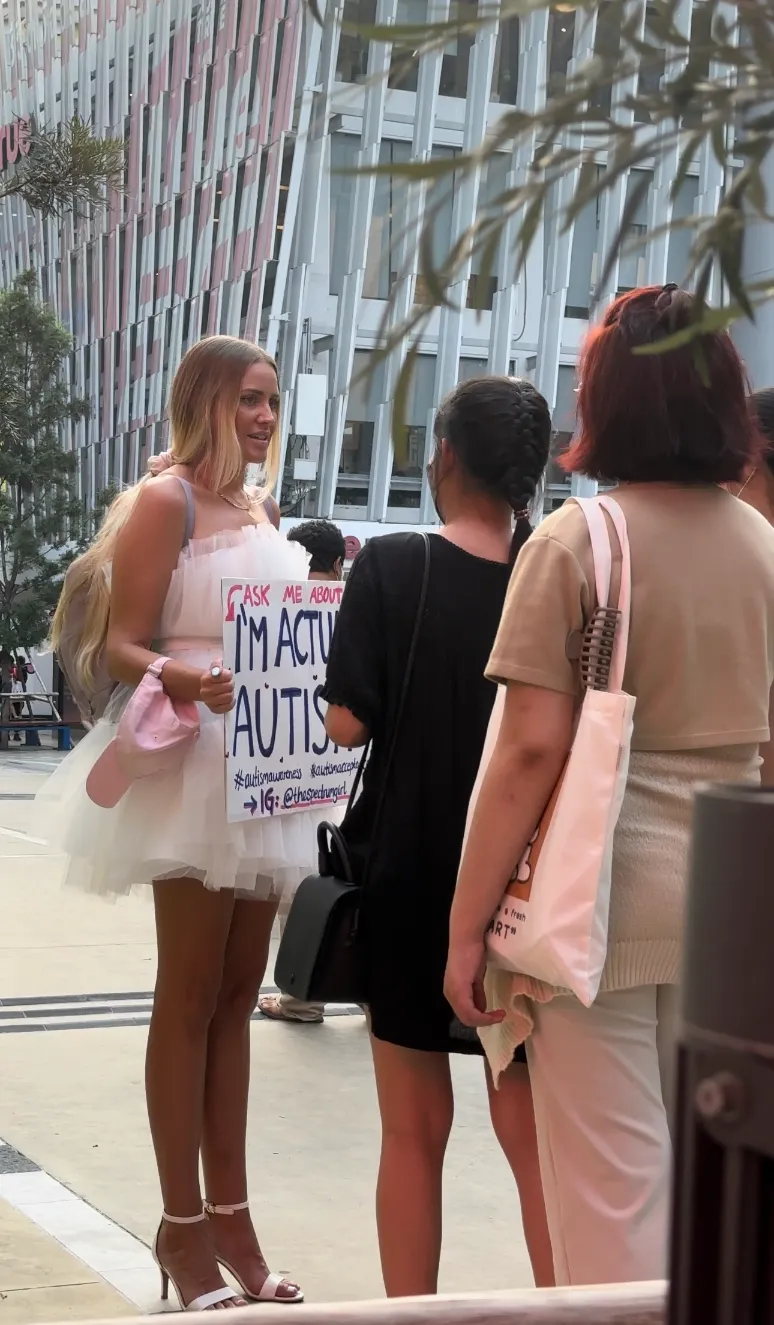
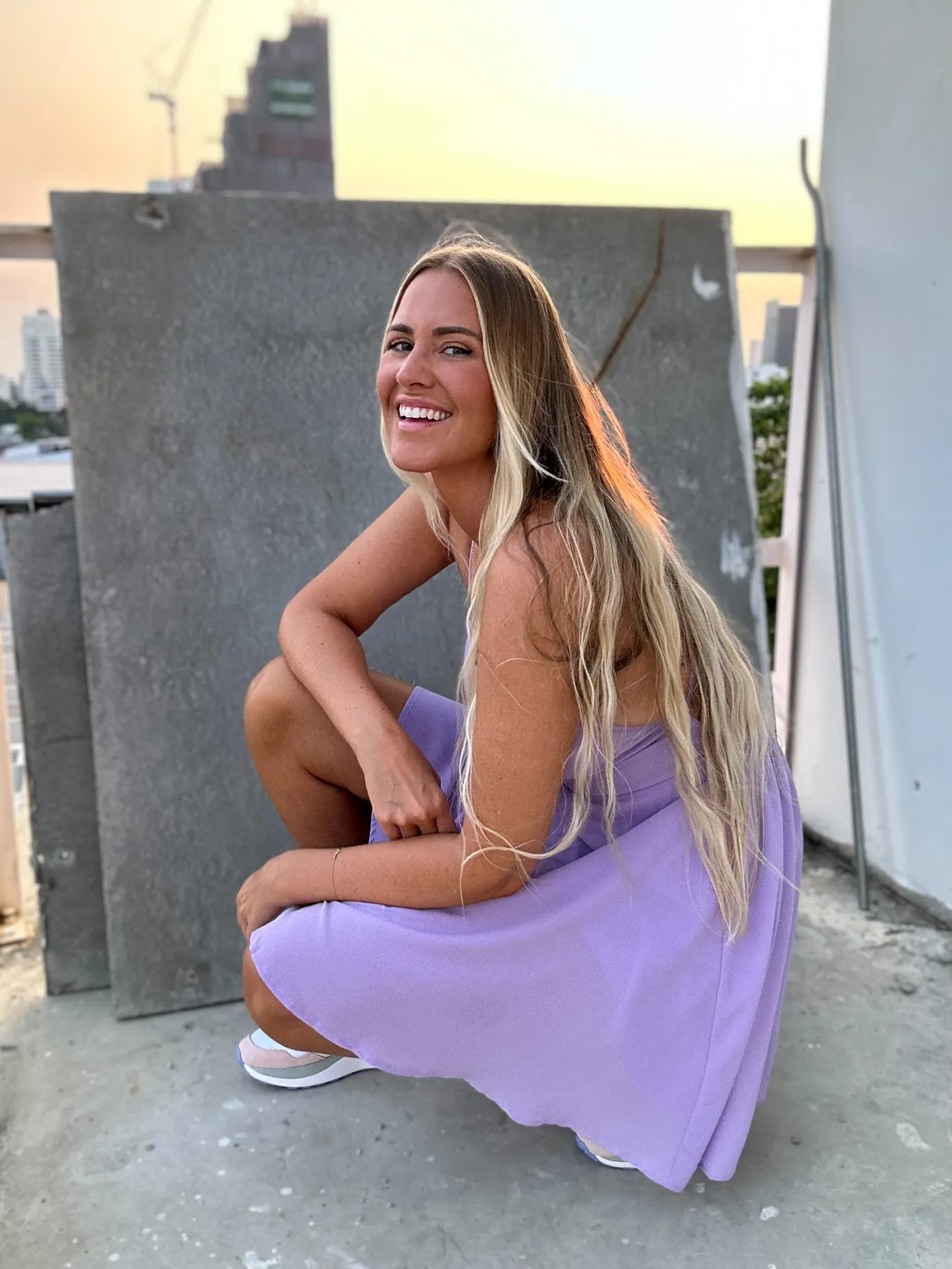
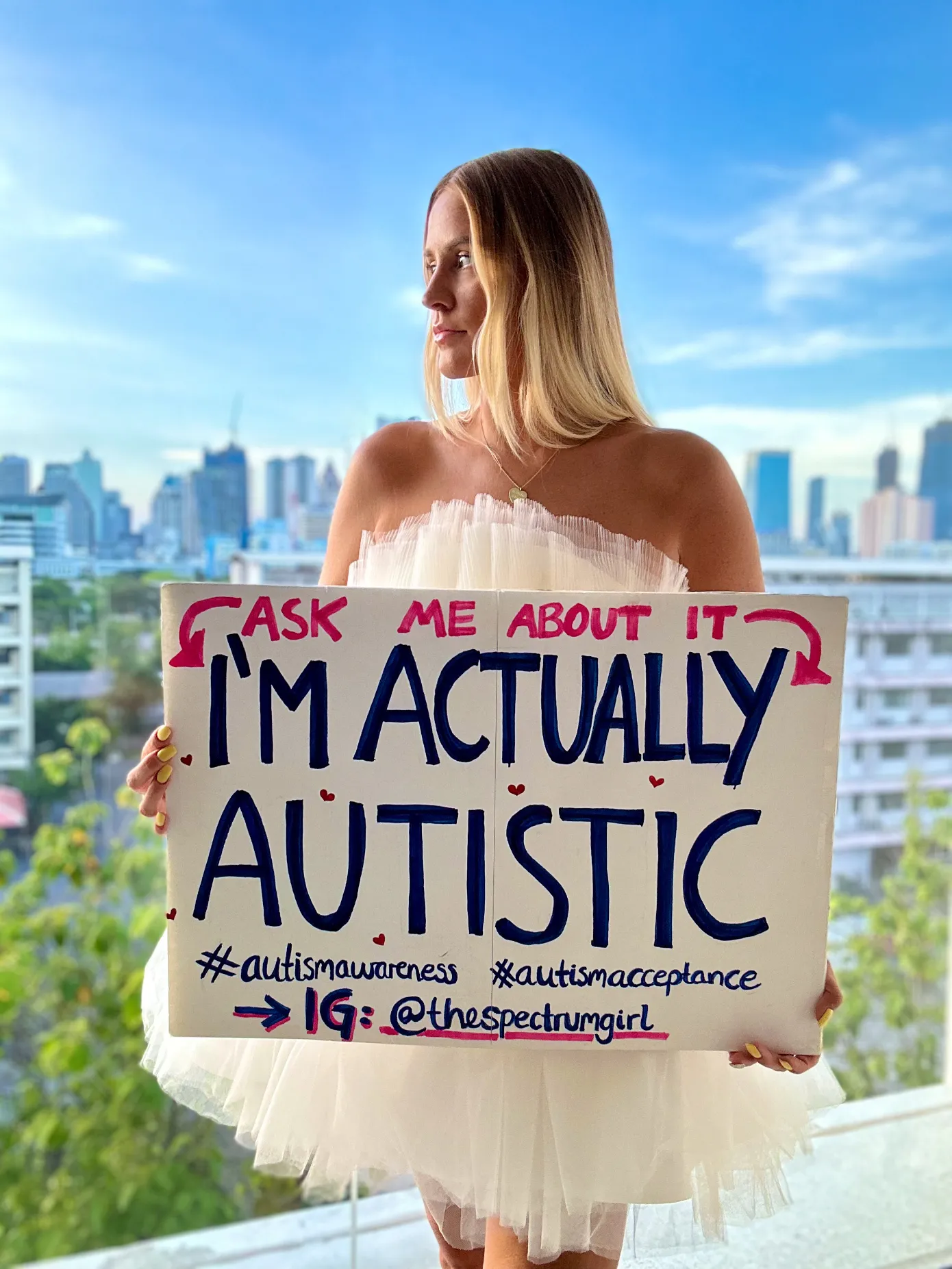
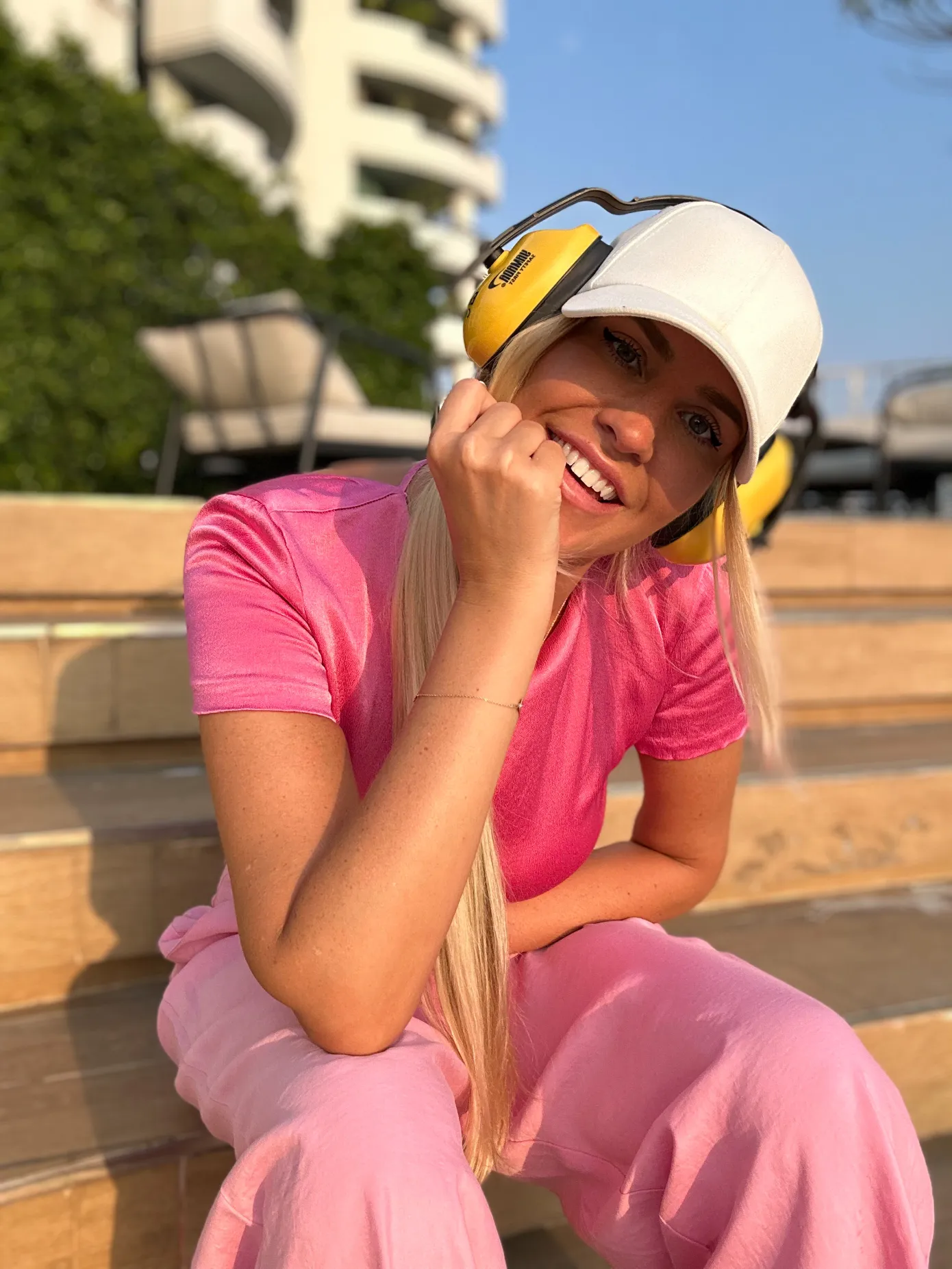
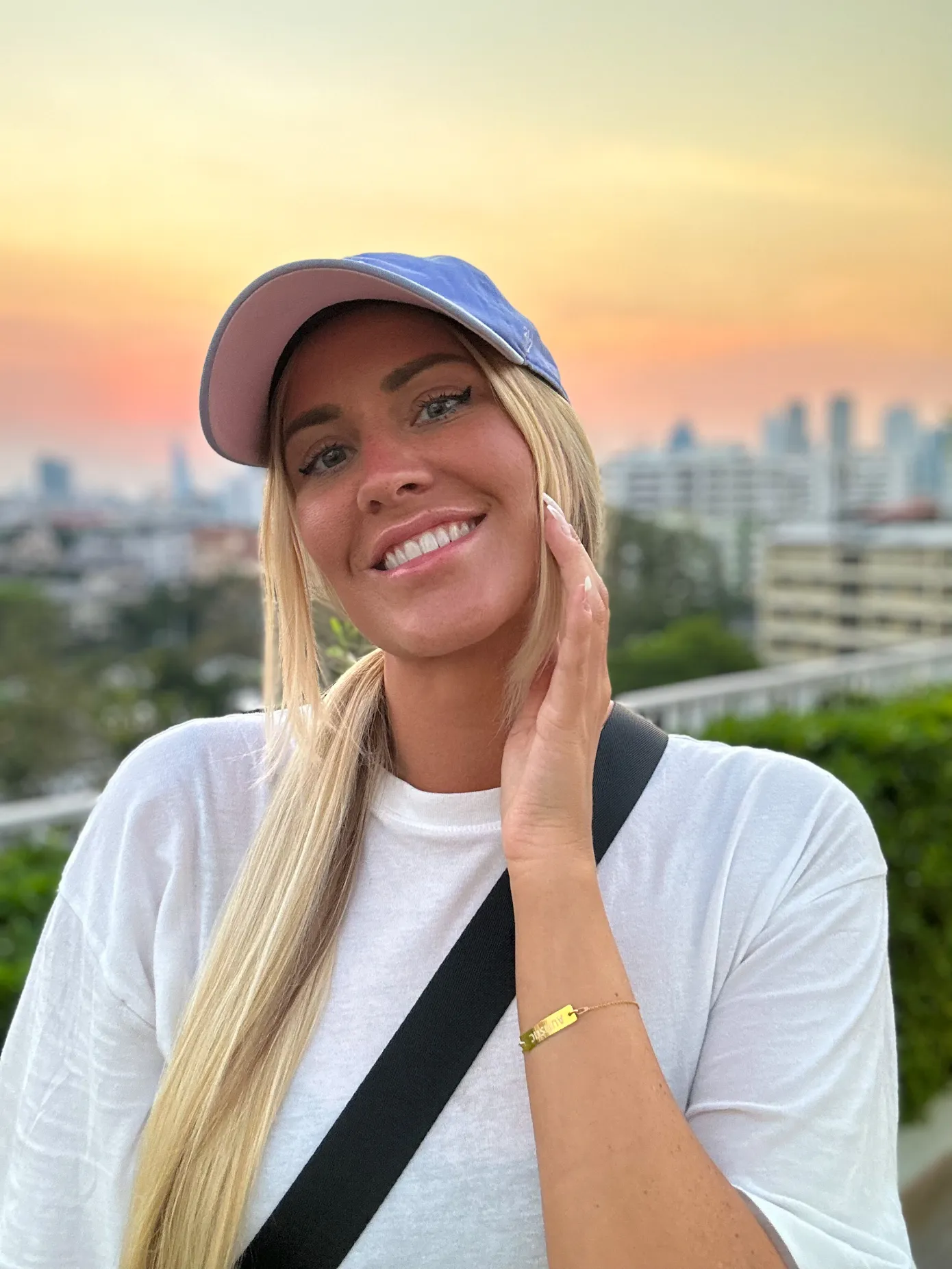
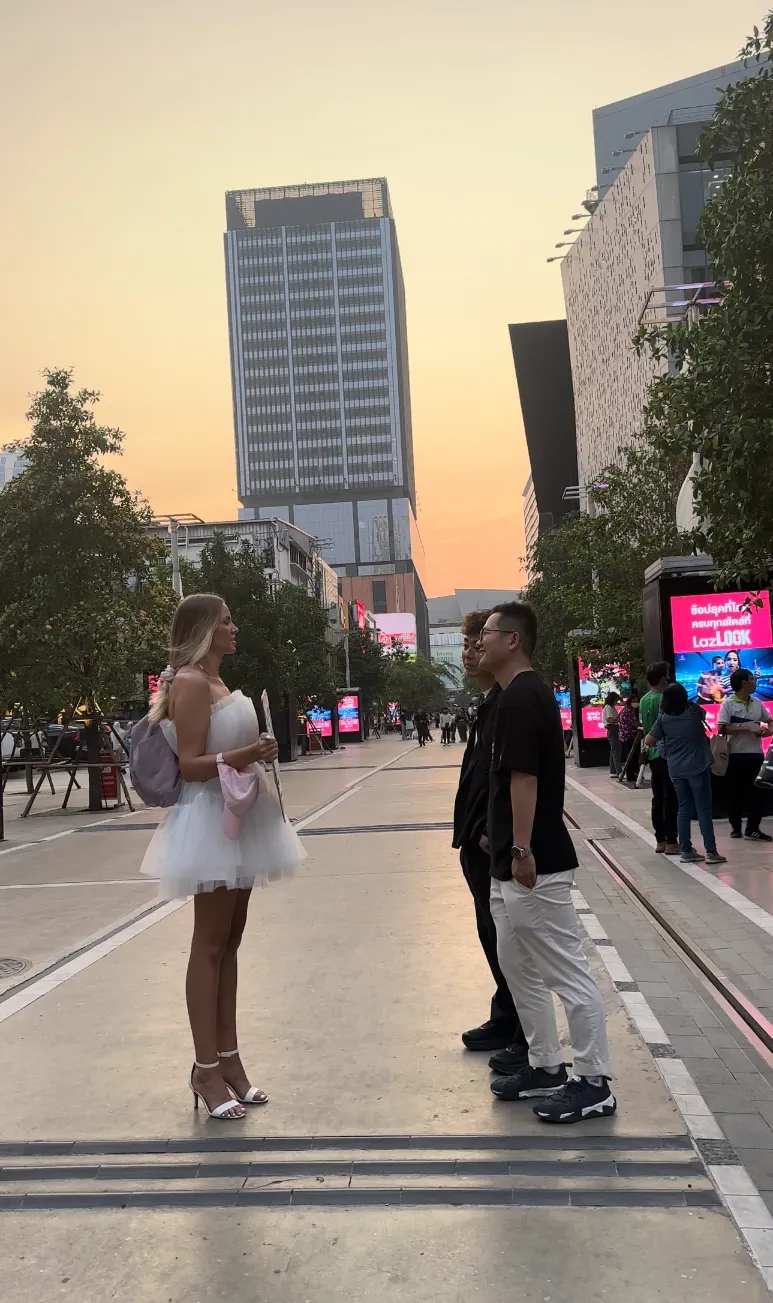
The impact of her late diagnosis still reverberates through various facets of her life. It echoed in her work, leading her to resign from her job to protect her mental well-being. Her social interactions suffered irreparable damage throughout her life. She knows all too well the feeling of trying to fit into a world that is not designed for neurotypical individuals, a world that often feels alien and unwelcoming. These struggles led to the development of comorbid conditions like anxiety and social anxiety, wounds inflicted by a society that too often misunderstands and marginalizes neurodiversity.
But she refuses to accept the status quo. Advocacy and raising awareness have become the twin pillars of her mission. On platforms like Instagram, Facebook, and TikTok, she spreads her message far and wide, educating those who are eager to learn. She champions the cause of empowering individuals to embrace their unique needs and navigate a world that should accommodate all its inhabitants, neurotypical or not.
As Charlotte became a public advocate, something extraordinary happened. A couple individuals from her past reemerged, with requested interaction ranging from reconciliation to heartfelt apologies for past misunderstandings. Yet, there are those who remain silent, perhaps haunted by their contributions to her struggles. It is a stark reminder that societal change, though slow, begins with brave voices like hers. She, like others who share her journey, is the torchbearer of change, the champion of empathy and understanding. But her story does not end with advocacy alone. It transcends boundaries and extends into the realm of travel. As an autistic individual with Ehlers-Danlos Syndrome, every journey is disturbingly fraught with unique challenges. Sensory sensitivities and physical limitations are constant companions, but they do not deter her. In fact, they fuel her determination to explore the world.
Travel, for her, is not spontaneous. It demands meticulous planning with tailor-made solutions to accommodate her unique needs. Sensory sensitivities can turn crowded transportation hubs into overwhelming experiences, but she has an arsenal of tools – caps, sunglasses, earplugs, and noise-cancelling headphones – that allow her to find solace amid the cacophony. Airport lounges offer a respite, but even these spaces can become noisy, threatening to disrupt her equilibrium. It’s a reminder that airports could benefit from designated quiet zones—spaces that cater to the diverse needs of travelers.
Mobility is another challenge. Her hypermobile joints require careful consideration. She often relies on airport mobility assistance or a wheelchair to prevent injuries during her journeys. It’s a small price to pay to ensure her health remains intact. Traveling in business class is not a luxury for her, but a necessity. The 90-degree angle seats in economy class could spell agony for her slipped disks and chronic hEDS pain. The cost may be high, and she spends months searching for affordable deals, but she views it as an investment in her well-being, a way to ensure that her ability to travel remains. However, the most significant challenge she faces is encountering those who fail to understand or respect her needs. It can be exasperating when airport staff doubt that she needs assistance. “You don’t have to look a certain way to be autistic,” she said, and in such moments, advocacy becomes her shield. However, it’s not always easy to articulate her needs when exhaustion and emotions weigh her down. To navigate these obstacles, she carries a letter from her physician written in both English and Norwegian that outlines the issues she faces. This comes in handy when she is too overcome with emotions to clearly communicate her needs. There have been many times when she is attempting to explain a situation to someone and her message would not get through to them. For example, once when her luggage was lost during travel, she was so distraught about not being able to get her message across that she had to rely on her physician’s letter to ‘speak’ to the airline attendants on her behalf. Now, in addition to the letter, she has a Hidden Disabilities Sunflower lanyard and card, a simple yet powerful tool that silently communicates her conditions to airport staff (at least to those who are aware of its significance). The card is a bridge between her world and theirs and it makes her travel excursions more comfortable to navigate. It’s a confirmation of the progress that can be made when the needs of neurodivergent individuals are recognized and respected.
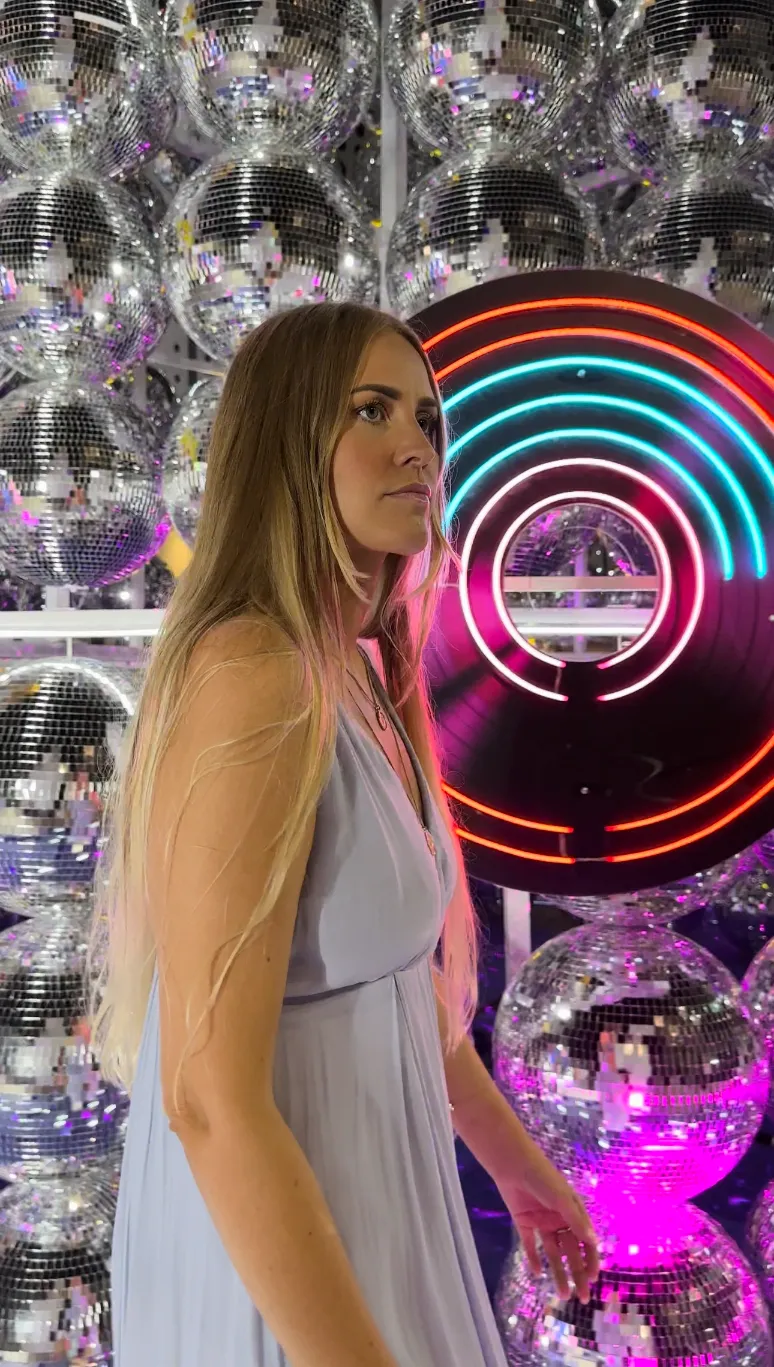

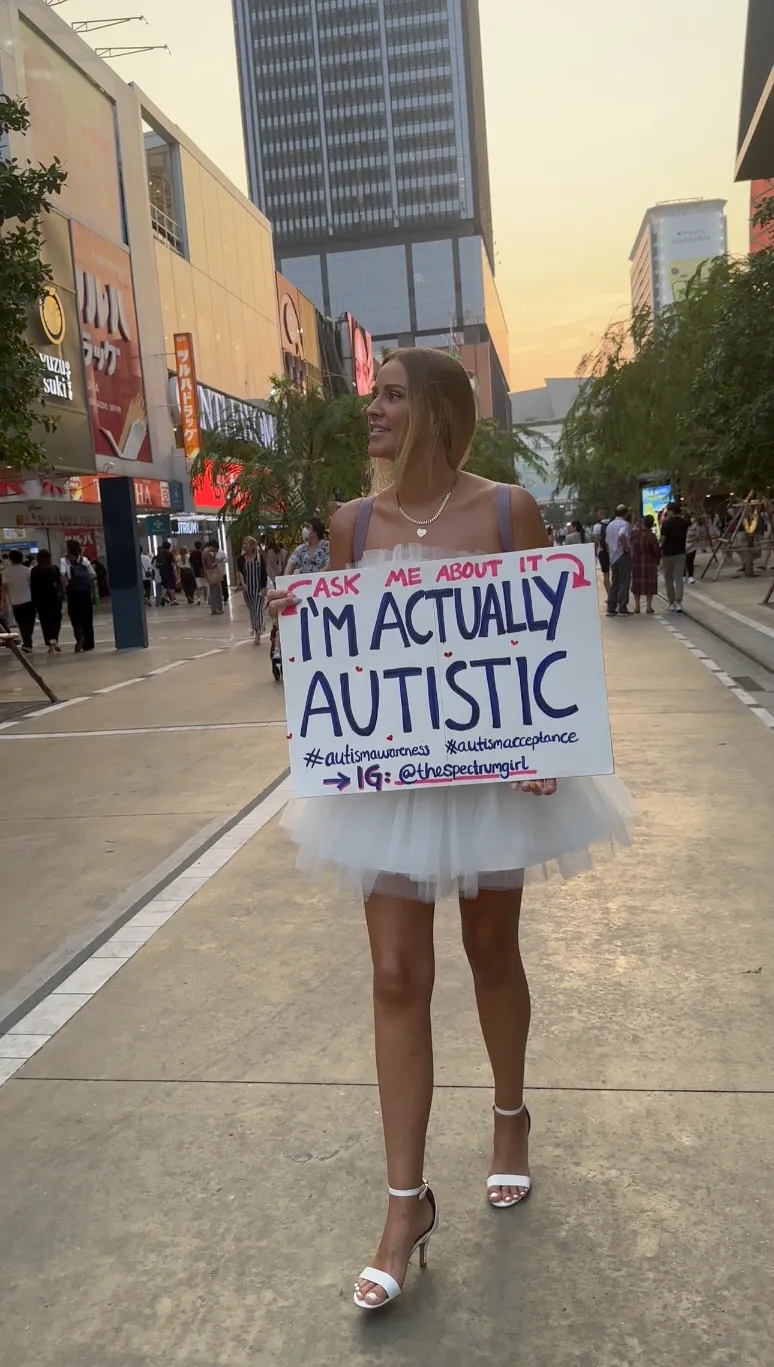
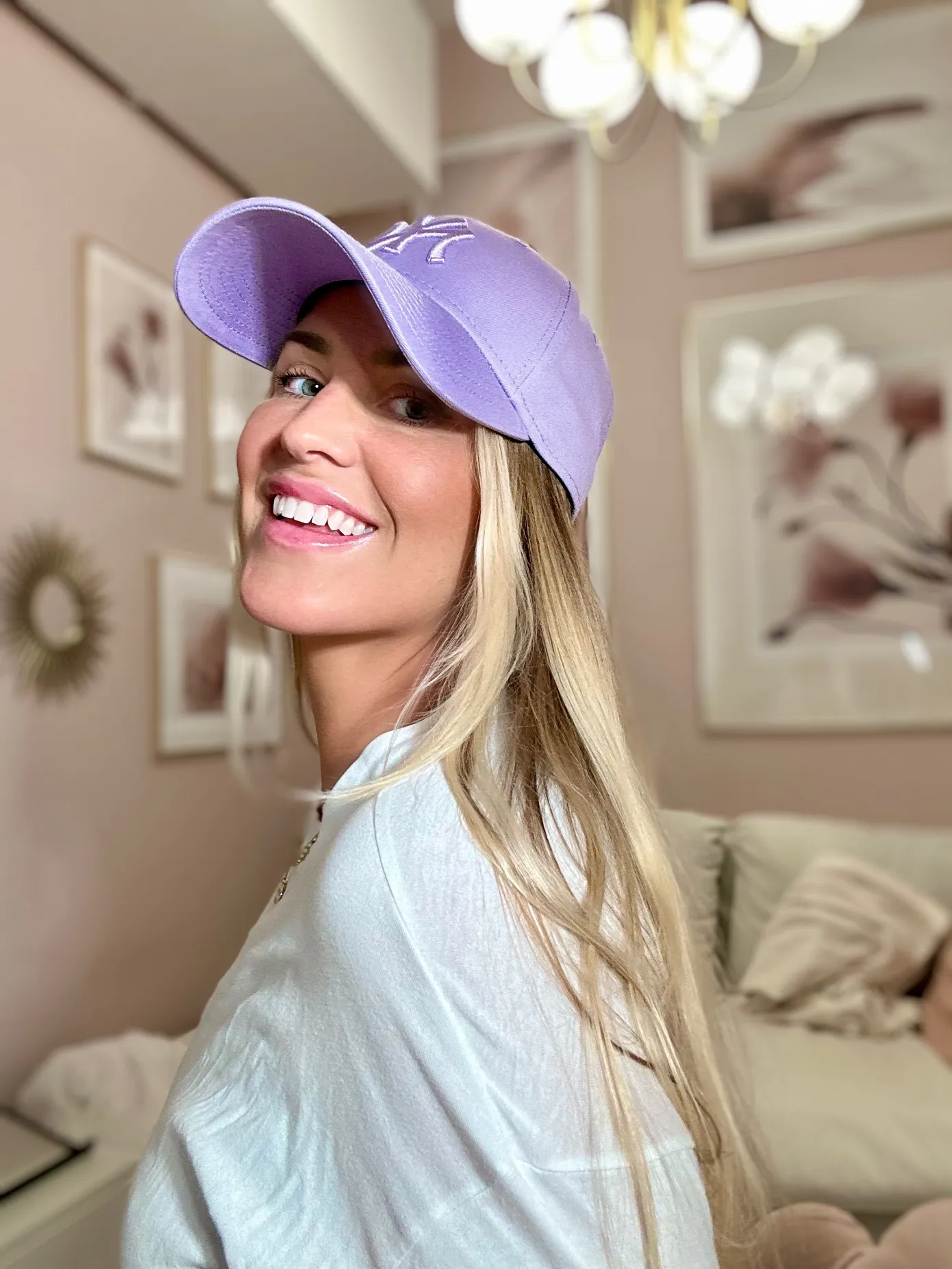
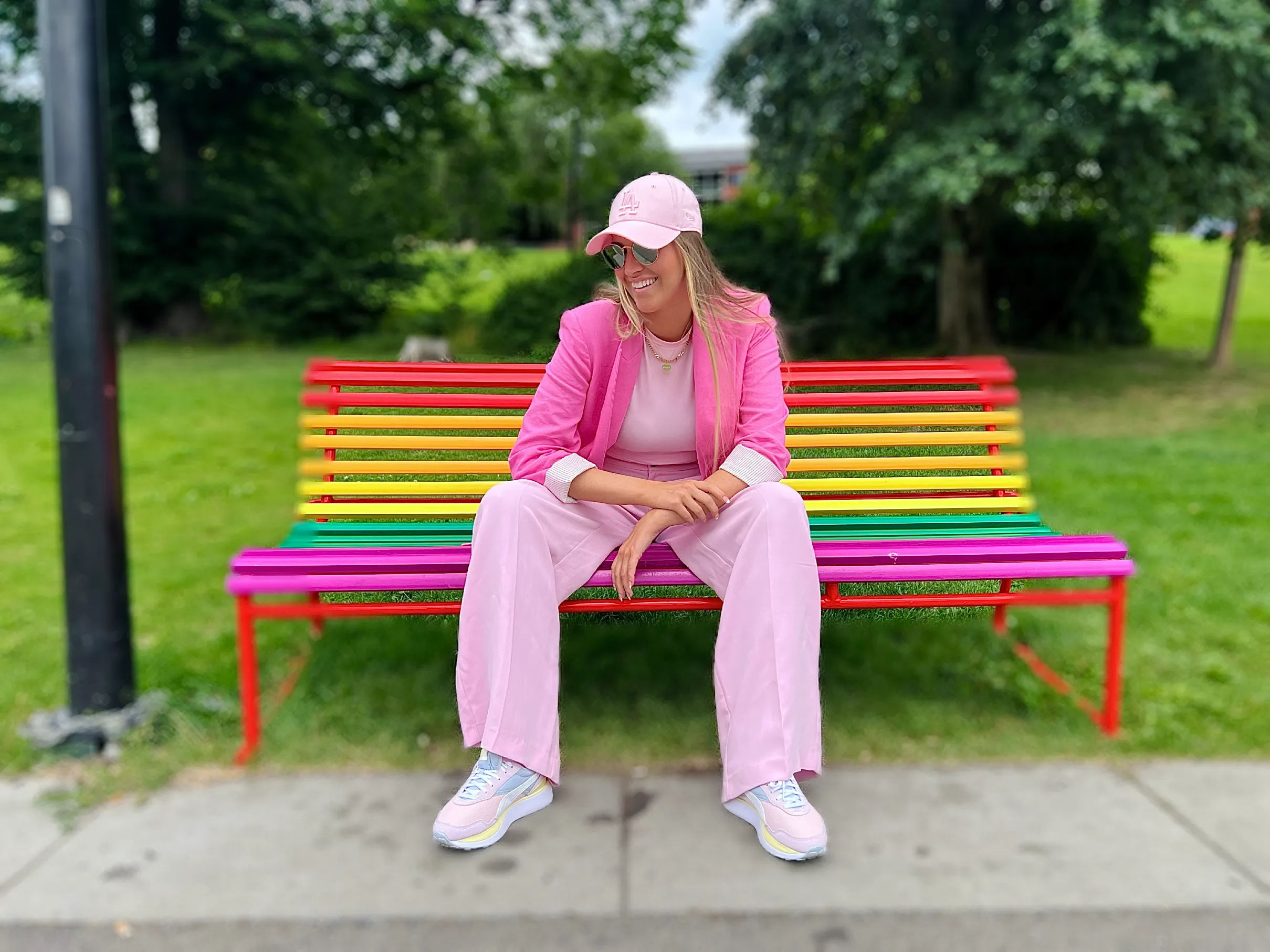
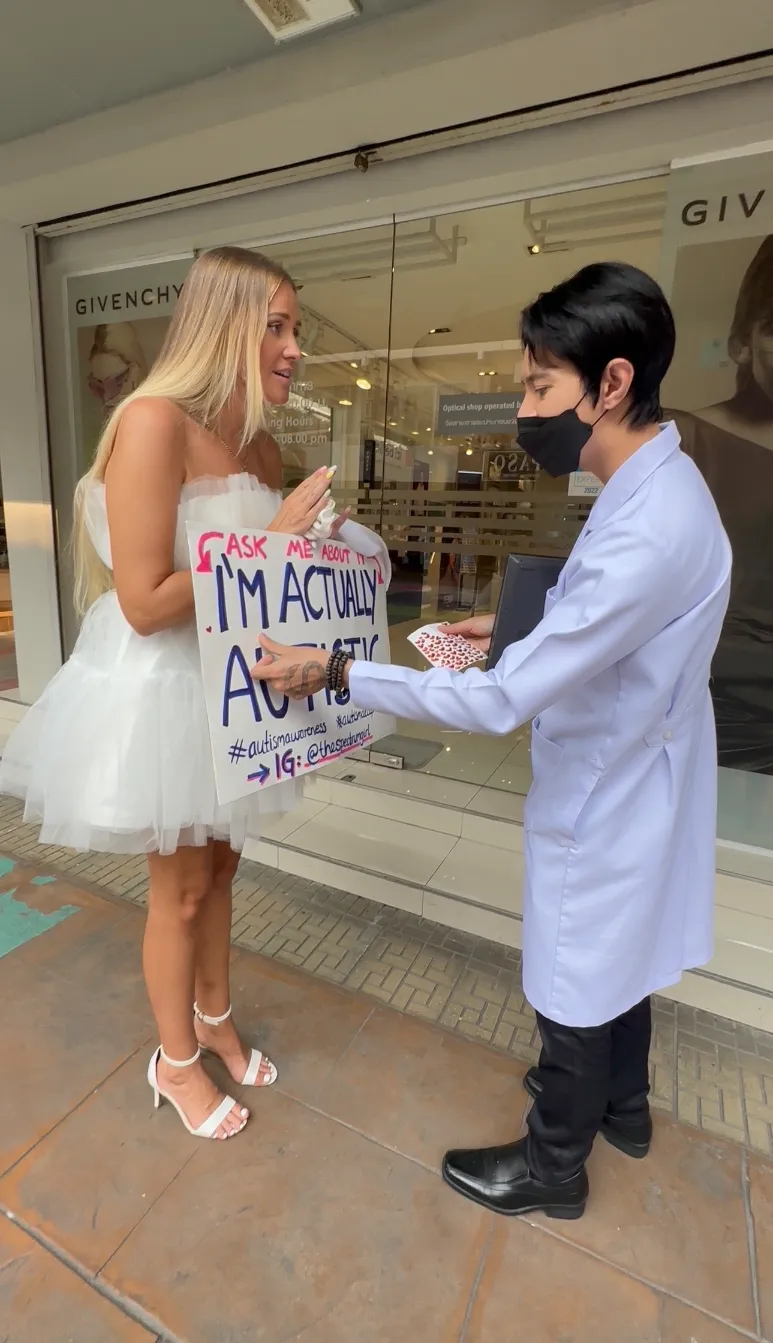
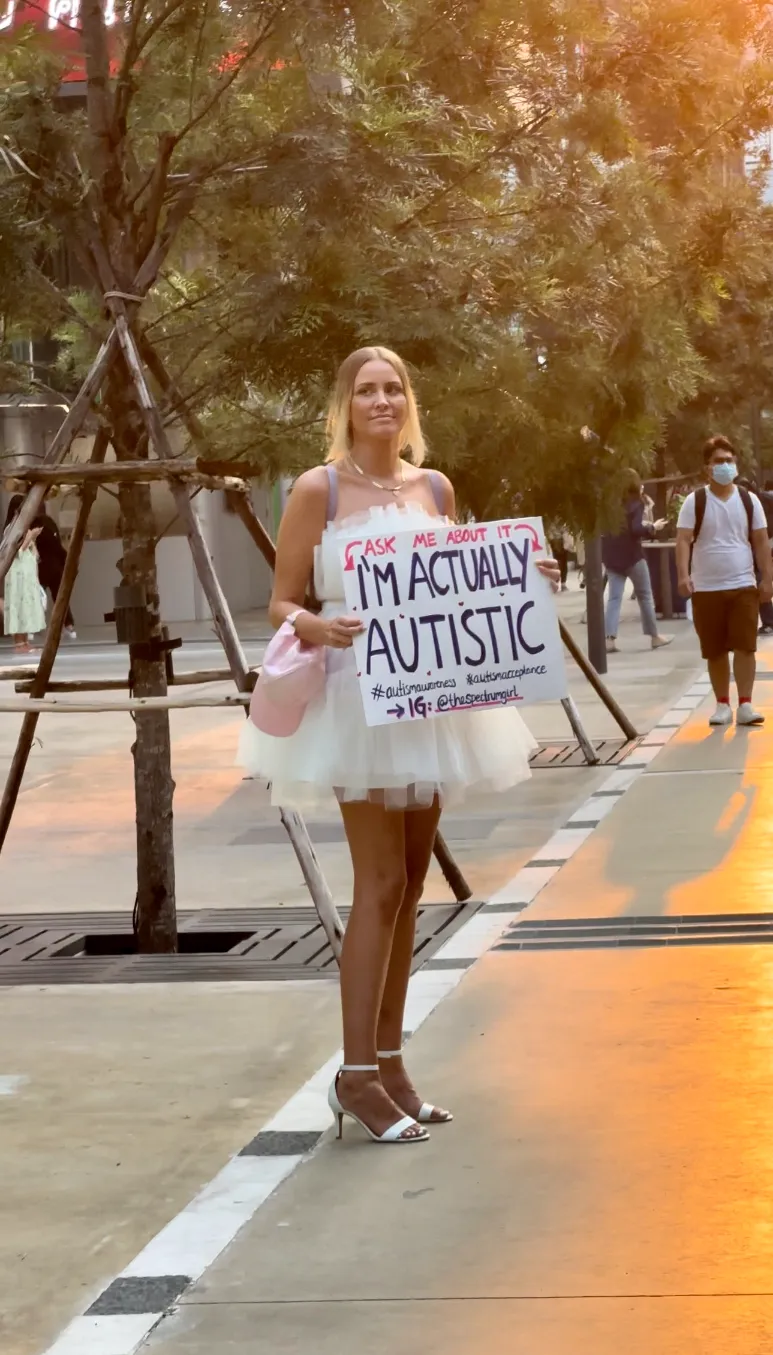
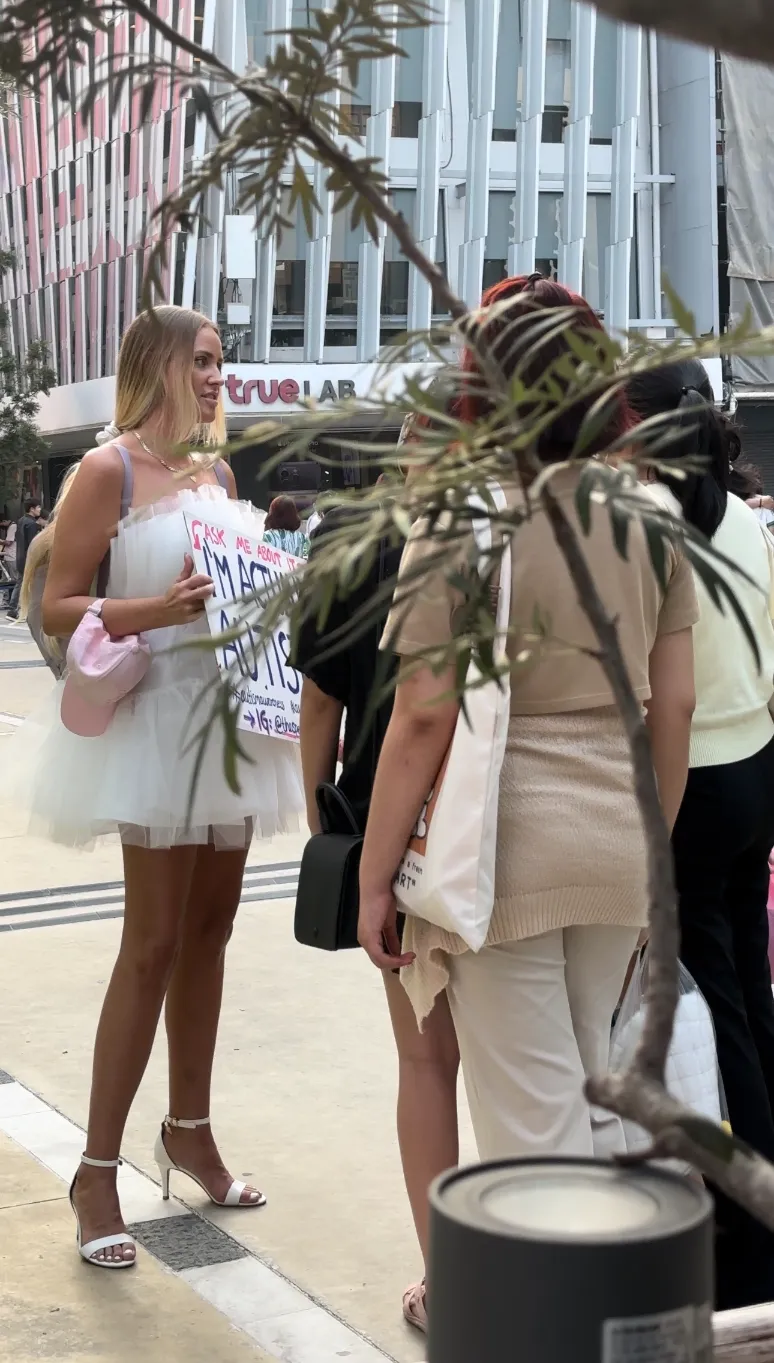
Yet, travel for her is not just about getting from point A to point B. It’s about the experiences she gains along the way and the advocacy and activism that are an inextricable part of her journeys. She considers herself to be a mental health and autism activist. While in Thailand, for instance, she made a placard and stood on the street, presenting herself as a source of information to people with questions about autism. Many people would approach her and some would share their own experiences. One specific incident has stuck in her mind. In Thailand, when she was about to end her placard-on-the-street stint, a man came running up to her, laptop in hand. He had composed a letter for her, sharing his personal story, then used Google Translate to render it in English before passing her the laptop for her to read it. In the letter, he discussed his challenges with mental health, including battles with depression and bipolar disorder, and commended her for her courage to openly share her own struggles. He thanked her for giving him hope. He shared some of the sad circumstances he has endured and still endure in his life, praised her activism and said, now he does not feel so alone. Charlotte considers this to be one of the most impactful moments of her life.“I felt even more certain that my life’s purpose is to help people. By doing such a simple thing as just saying it right out as it is, showing people that there’s nothing to be ashamed of. . . imagine if the whole world did that about all the things people feel ashamed about, we would be rid of all problems.”
In her journeys, she has discovered not only the world, but also herself. Charlotte’s passion for travel is unwavering. Through careful planning and adaptive strategies, she has learned to navigate the complexities of her conditions. Travel, for her, is a source of joy and self-discovery, a way to break down barriers and connect with people who embrace and accept her for who she is. As she journeys around the world, both physically and virtually, her mission remains clear – to break the stigma surrounding neurodiversity. This is strengthened by her unwavering belief that change is possible.
But Charlotte’s journey extends beyond geographical and digital boundaries. It delves into the realm of human connection, understanding and empathy. Her advocacy knows no limits and as her message reverberates across social media platforms, its positive results are irrefutable proof of the power of advocacy through storytelling. It also demonstrates the ability of one voice to inspire and educate countless others, proving that many voices, collectively, can have monumental results.
In the end, Charlotte’s story is not just about one woman’s journey. It is about countless individuals who walk a similar path. It’s about the hope that, with understanding and acceptance, the world can become a more inclusive and compassionate place for everyone, regardless of where they fall on the spectrum of neurodiversity.
